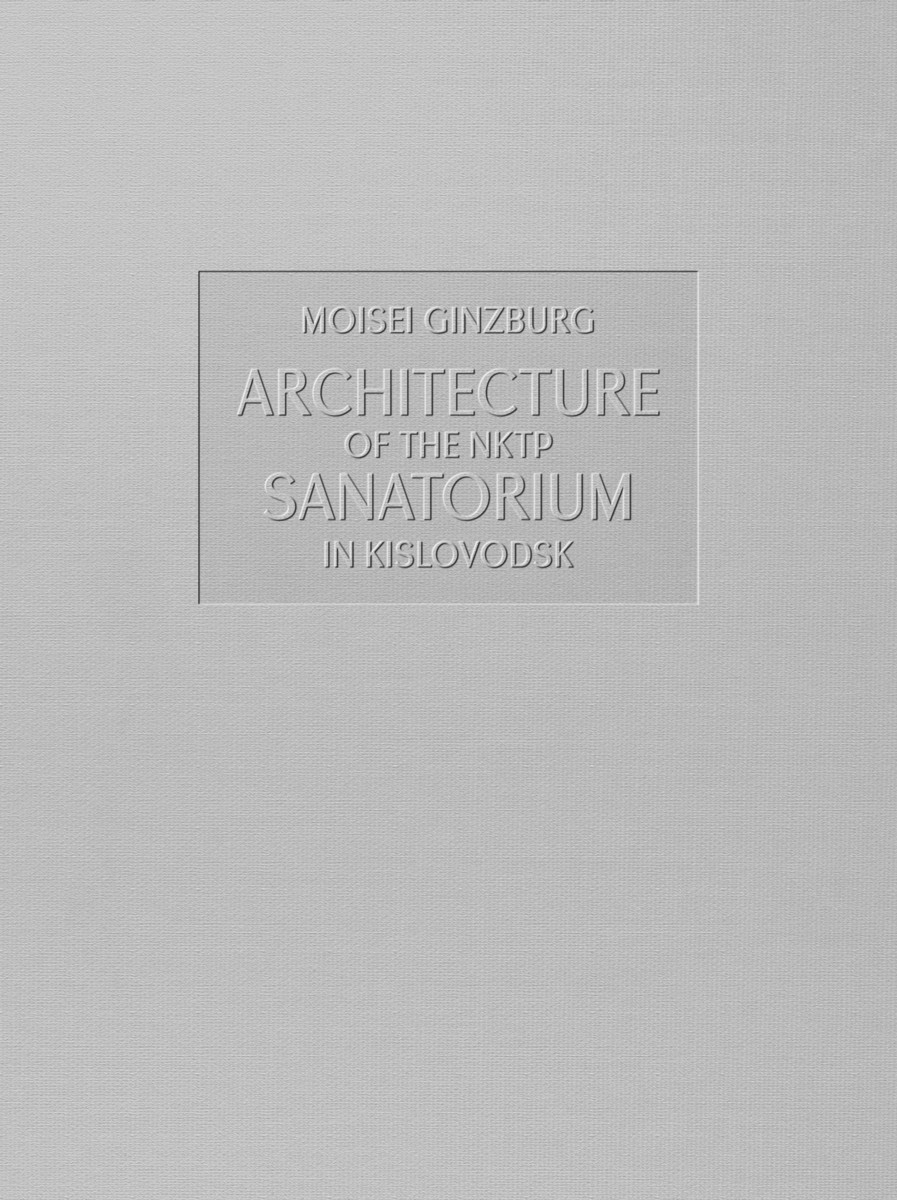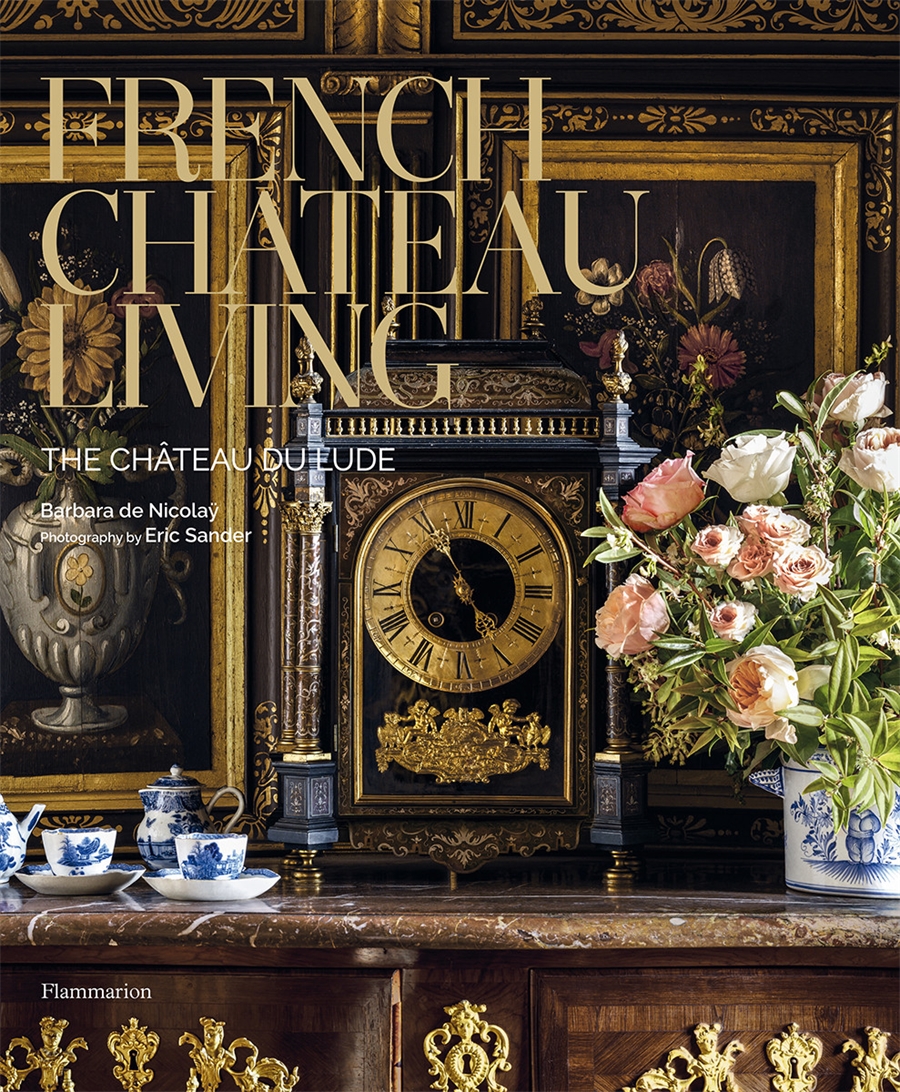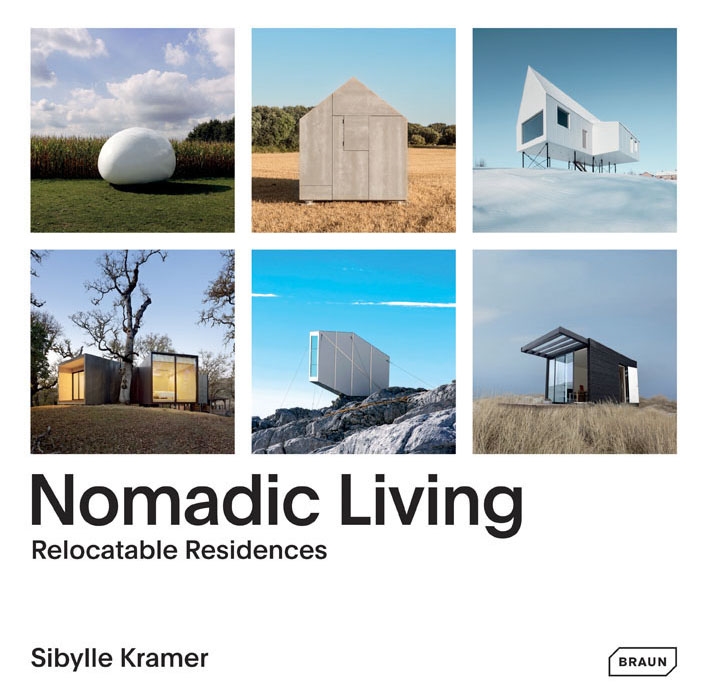Description
First English-language publication of a book that documents the creation of Moisei Ginzburg’s NKTP Sanatorium in Kislovodsk – a modernist masterpiece that withstood the ideological pressures of the time
The NKTP (People’s Commissariat for Heavy Industry) Sanatorium was commissioned in 1934 by Grigory Ordzhonikidze, one of Stalin’s closest allies and head of the Commissariat for Heavy Industry (he committed suicide after falling out with Stalin in 1937, the year of the sanatorium’s completion). Despite the prevailing ideology that sought to outlaw modernism in favour of Stalinist neoclassicism, architect Moisei Ginzburg, with a team that included Ivan Leonidov, Evgeny Popov and Nikolai Paliudov, succeeded in creating an architectural ensemble that essentially retained its modernist integrity – and today remains a masterpiece of 1930s modernism – while making only minor concessions to the new Stalinist orthodoxy. In the early Soviet period, Kislovodsk in the northern Caucasus became known as a centre for health spas and sanatoria – ‘palaces of health for the workers’. Ginzburg’s sanatorium still functions as a therapy centre, and retains many of its original features, including windows, light fixtures, some of the furniture etc. This first English-language publication of the original book documenting its creation is an important addition to the Ginzburg canon.




Reviews
There are no reviews yet.